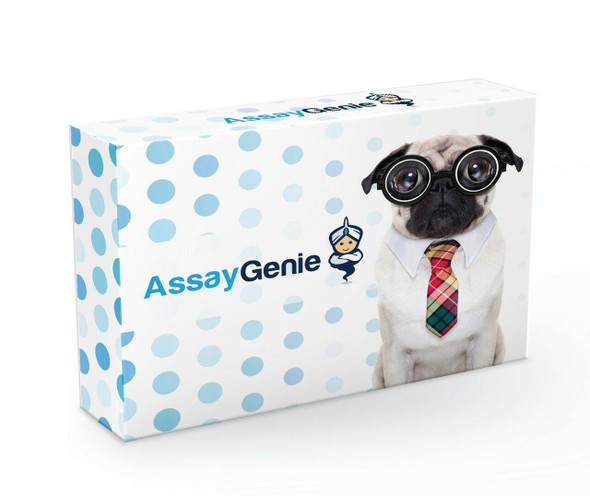GST Monoclonal Antibody [6C7] (CPAB0425)
- SKU:
- CPAB0425
- Product Type:
- Antibody
- Antibody Type:
- Monoclonal Antibody
- Reactivity:
- GST
- Host Species:
- Mouse
- Isotype:
- IgG1
- Clone:
- 6C7
Description
GST Monoclonal Antibody [6C7] (CPAB0425)
The GST Polyclonal Antibody (CPAB0425) is a valuable tool for researchers studying GST, a family of enzymes involved in detoxification and drug metabolism. This antibody, produced in rabbits, has high specificity for GST and is validated for use in Western blot applications. It effectively detects and quantifies GST protein levels in various samples, making it essential for research in drug metabolism, toxicology, and cancer biology.GST enzymes play a crucial role in cellular defense against oxidative stress and xenobiotic compounds by catalyzing the conjugation of glutathione to a wide range of substrates.
Dysregulation of GST activity has been implicated in various diseases, including cancer and neurodegenerative disorders. Therefore, studying GST expression and function is essential for understanding disease mechanisms and developing targeted therapies.By using the GST Polyclonal Antibody (CPAB0425), researchers can accurately monitor GST levels in different tissues and cell types, enabling detailed investigations into the role of GST enzymes in health and disease. This antibody provides a reliable tool for studying GST biology and its implications for therapeutic interventions.
| Product Name: | GST antibody |
| Product Sku: | CPAB0425 |
| Size: | 500μg |
| Host Species: | Mouse |
| Immunogen: | glutathione-S-transferase (GST) of Schistosoma japonicum. |
| Clone: | 6C7. |
| Reactivity: | -GST |
| Applications: |
| Purification Method: | Protein A column. |
| Isotype: | IgG1 |
| Background: | GST family of enzymes comprises a long list of cytosolic, mitochondrial, and microsomal proteins that are 45-55 kDa (dimer form) size and are capable of multiple reactions with a multitude of substrates, both endogenous and xenobiotic. GST catalyses the conjugation of reduced glutathione meaning the sulfhydryl group, to electrophilic centers on a wide variety of substrates. This activity is useful in the detoxification of endogenous compounds such as peroxidised lipids, as well as the metabolism of xenobiotics. GST binds toxins and function as transport protein. Glutathione S-transferase is used to create the so-called 'GST gene fusion system'. The GST is used to purify and detect proteins of interest. In a GST gene fusion system, the GST sequence is incorporated into an expression vector alongside the gene sequence encoding the protein of interest. Induction of protein expression from the vector's multiple cloning sites results in expression of a fusion protein - the protein of interest fused to the GST protein. This GST-fusion protein can then be purified from cells via its high affinity for glutathione. Fusion proteins offer an important biological assay for direct protein-to-protein interactions. |
| Synonyms: | |
| Storage Buffer: |










